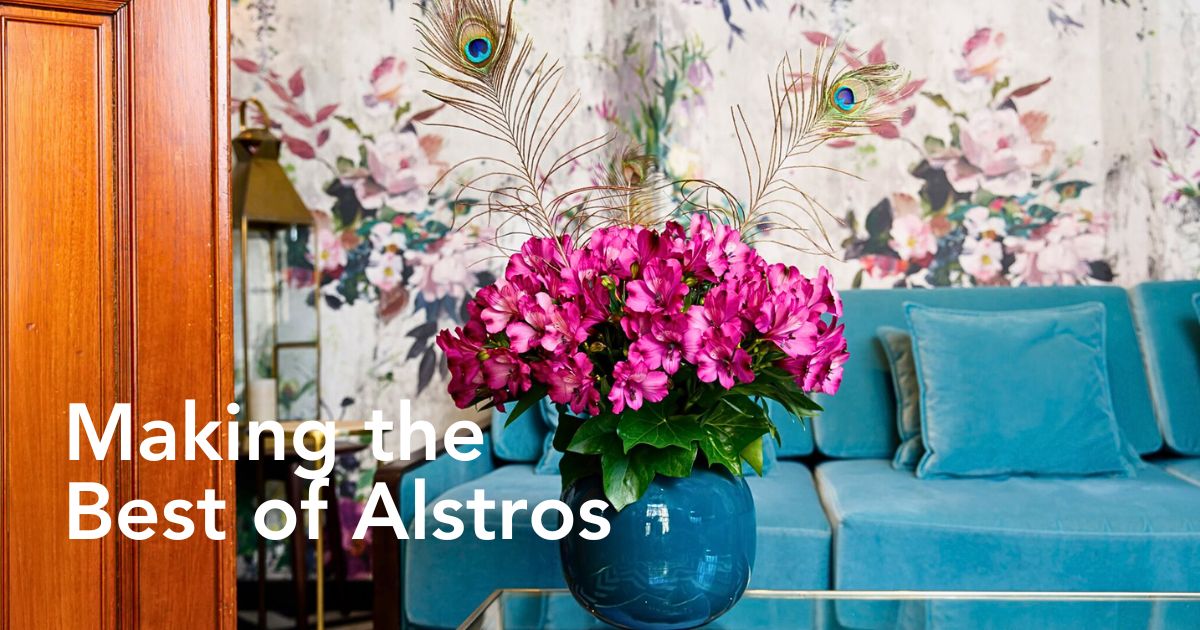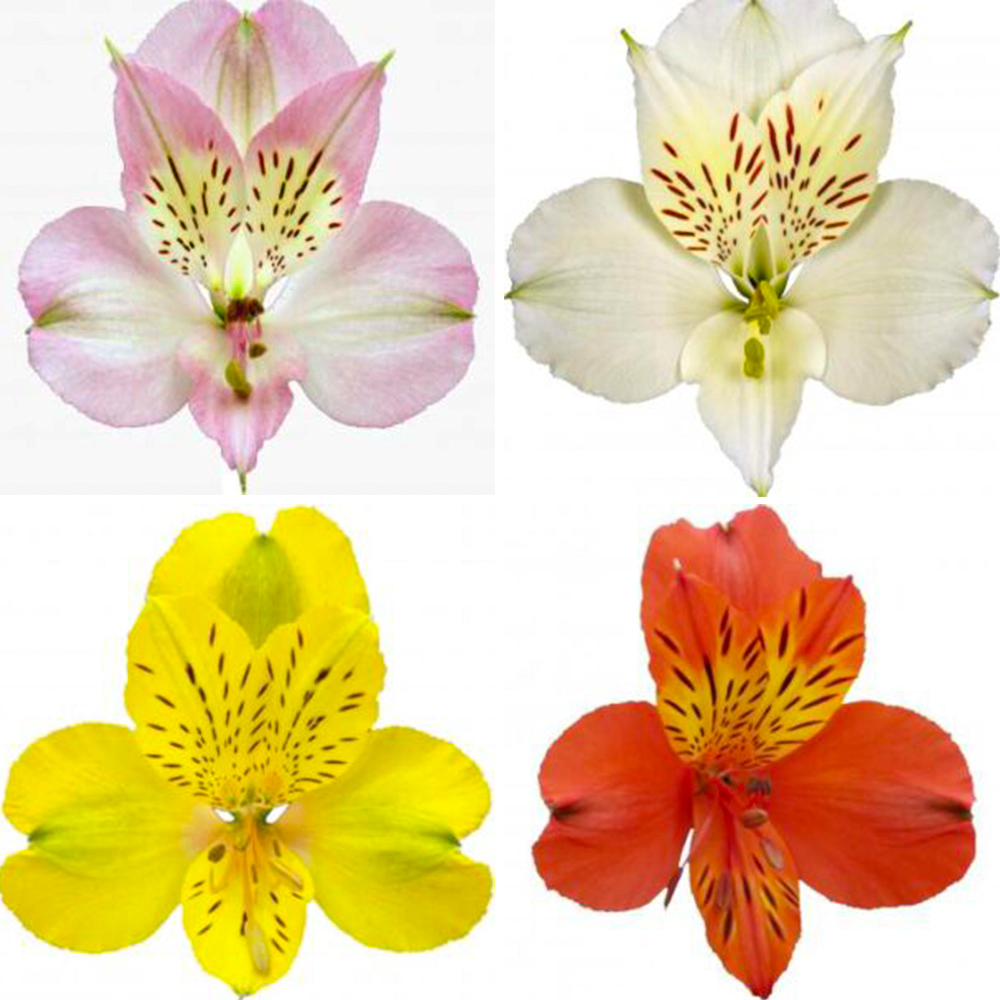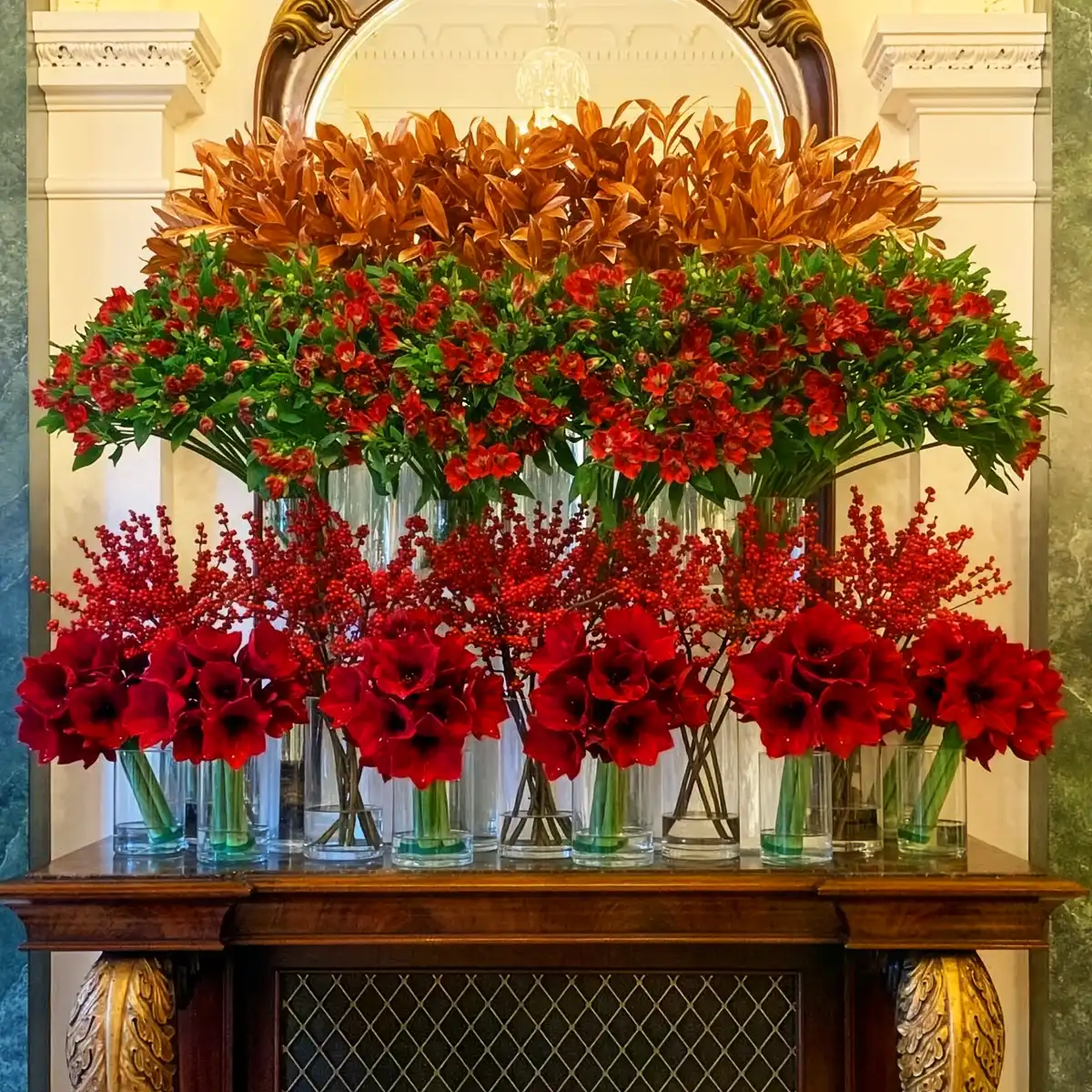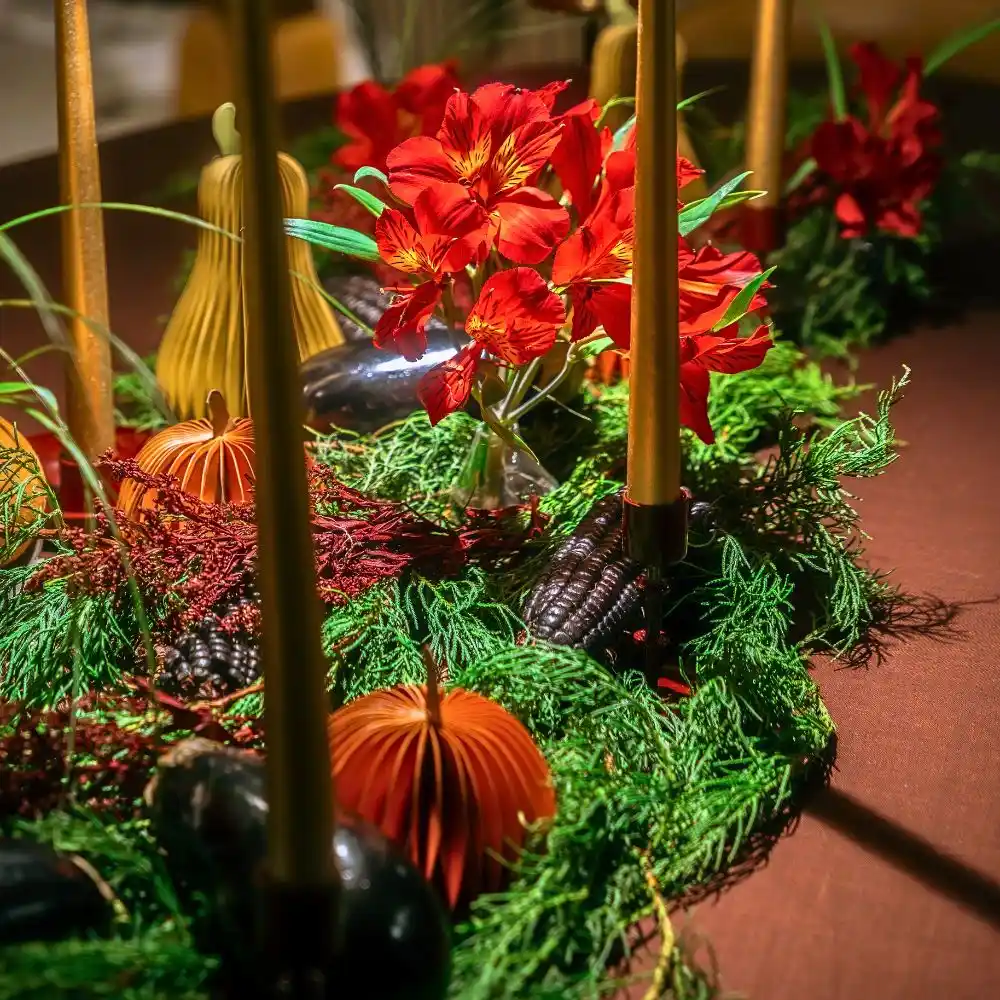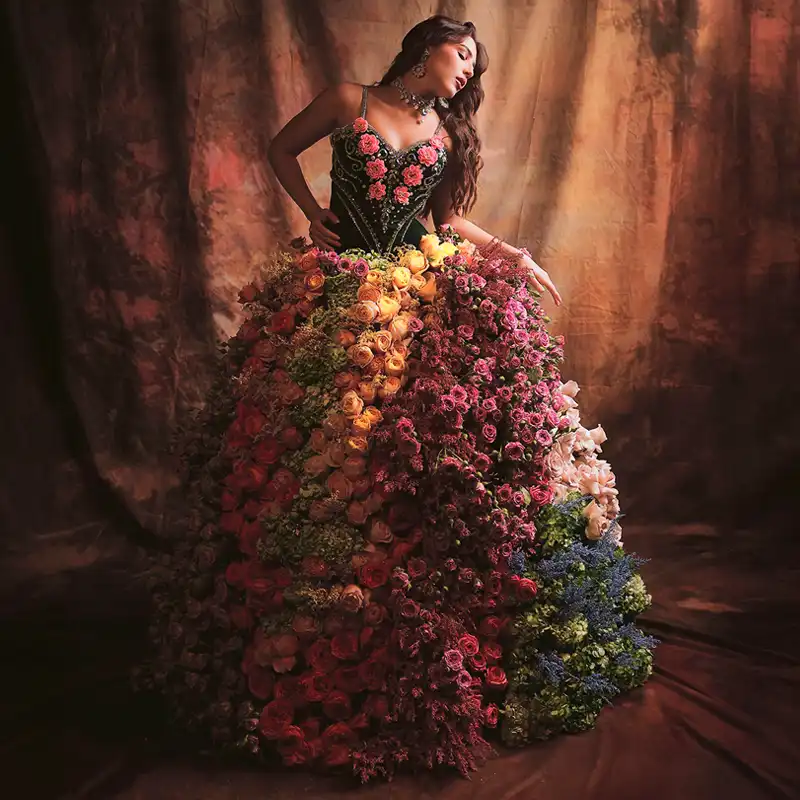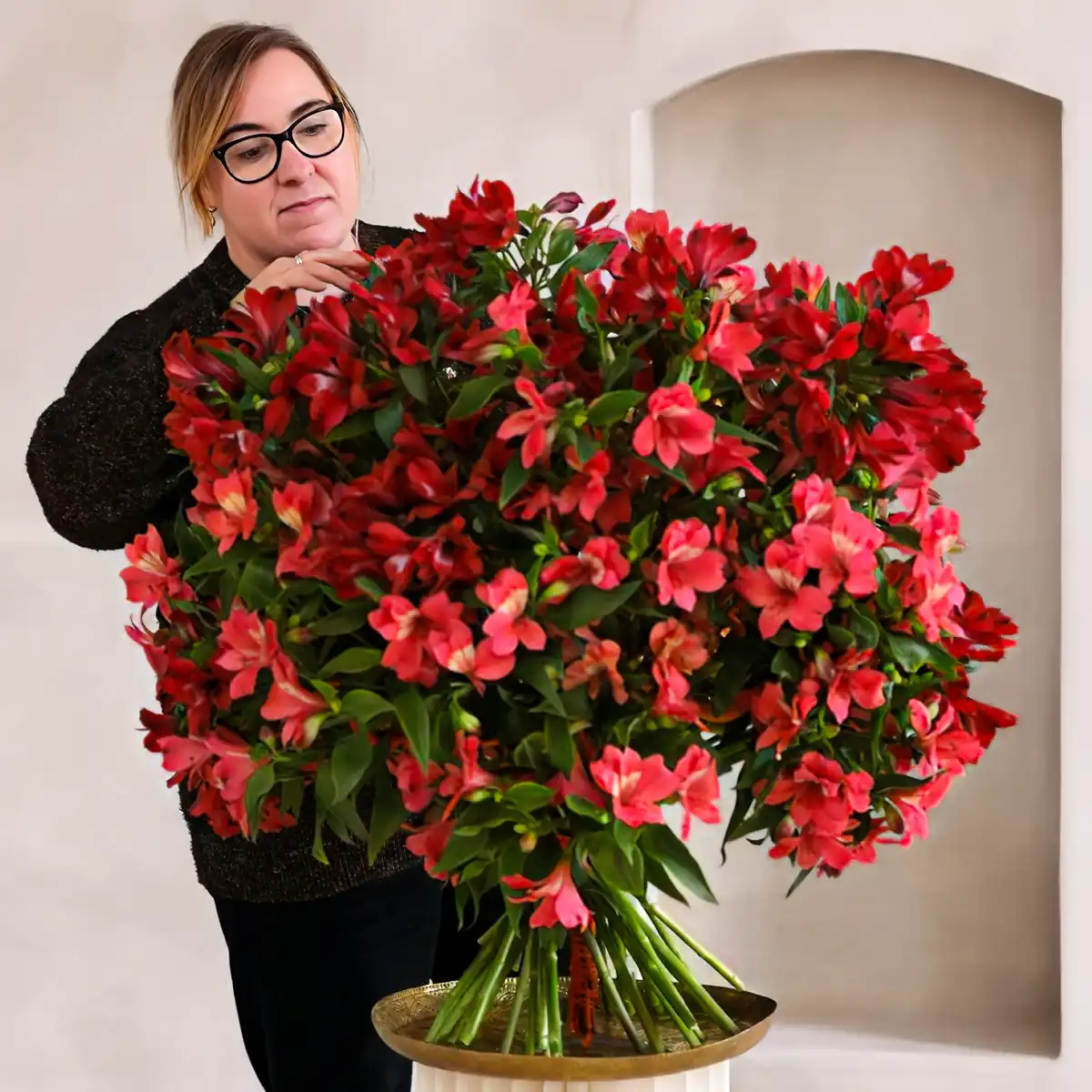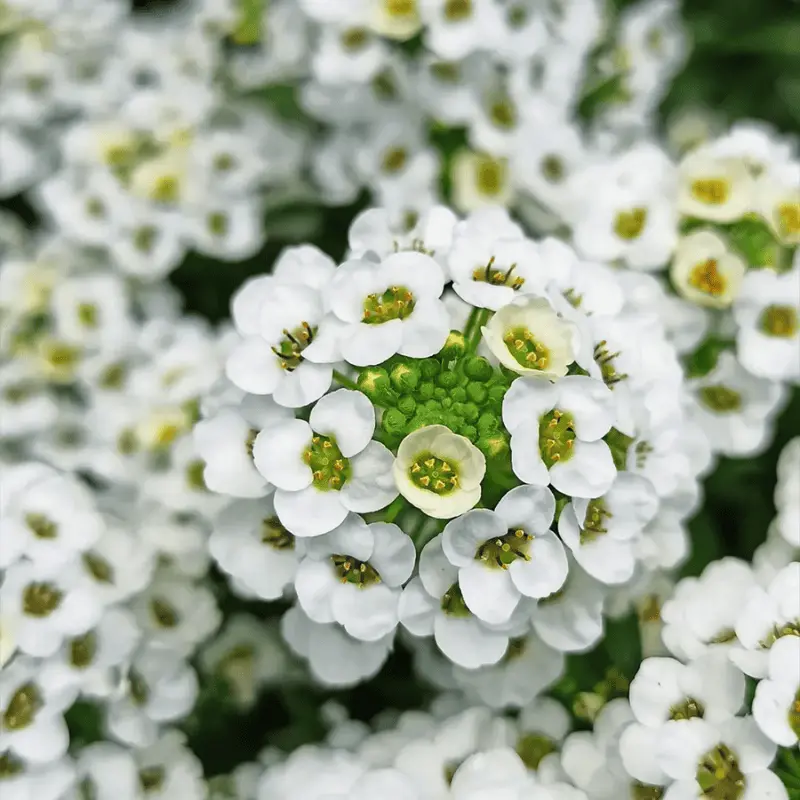Quite often, the most unique design ideas begin with a question like: What if we've been looking at it all wrong? In floral design, few flowers have been more misunderstood than Alstroemeria. Walk into any floral wholesale, and you will find it there: reliable, prolific, and affordable. Perhaps too affordable for its own good. Along the way, accessibility became confused with ordinariness, and a flower of great elegance found itself typecast as just practical. But Alstroemeria has always been extraordinary. Floral designers just needed to catch up.
For years, many in the floral design community relegated Alstroemeria to supporting roles. It filled gaps and added texture where needed in arrangements without commanding much attention, which, by all means, was not entirely the flower's fault; much of the material available simply did not showcase its full potential. But in recent years, breeders like Könst Alstroemeria, and also a growing appreciation for its versatility, have seen the alstros go through a merited renaissance, which changes how designers approach it.
A Flower That Refuses to Be Overlooked
In modern floristry, Alstroemeria provides just so much. Start with its structure. Each stem carries many petals in various stages of opening, creating natural movement and rhythm within a single element. The petals display delicate striations and freckling that add depth and character to the flowers. Being more than just decorative, these markings are unique signatures that make each variety recognizable and fascinating on closer exploration.
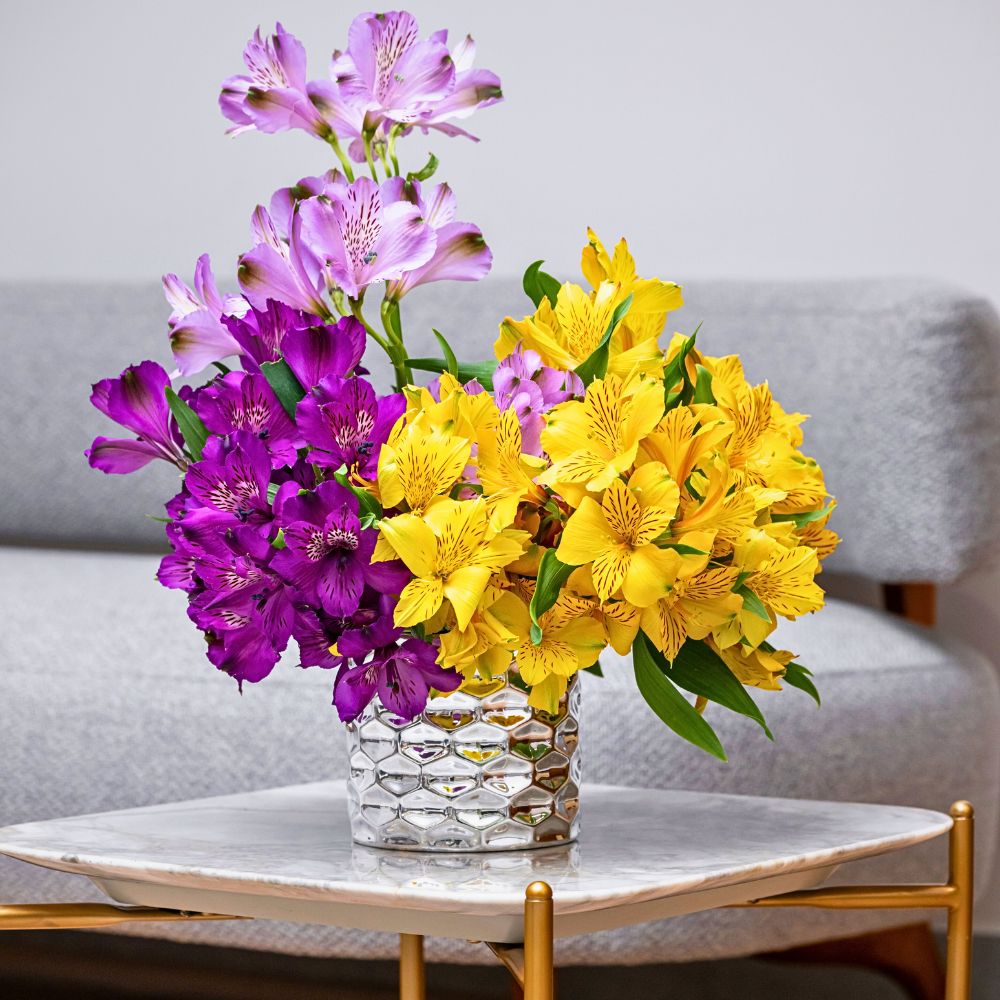
The flower's vase life is also impressive. While many varieties begin to fade within days, Alstroemeria often maintains its beauty for two weeks or longer with proper care. For designers creating installations or arrangements that need to last, this longevity is a practical advantage that does not compromise aesthetic appeal. It is the rare blend of durability and refinement that contemporary design always asks for.
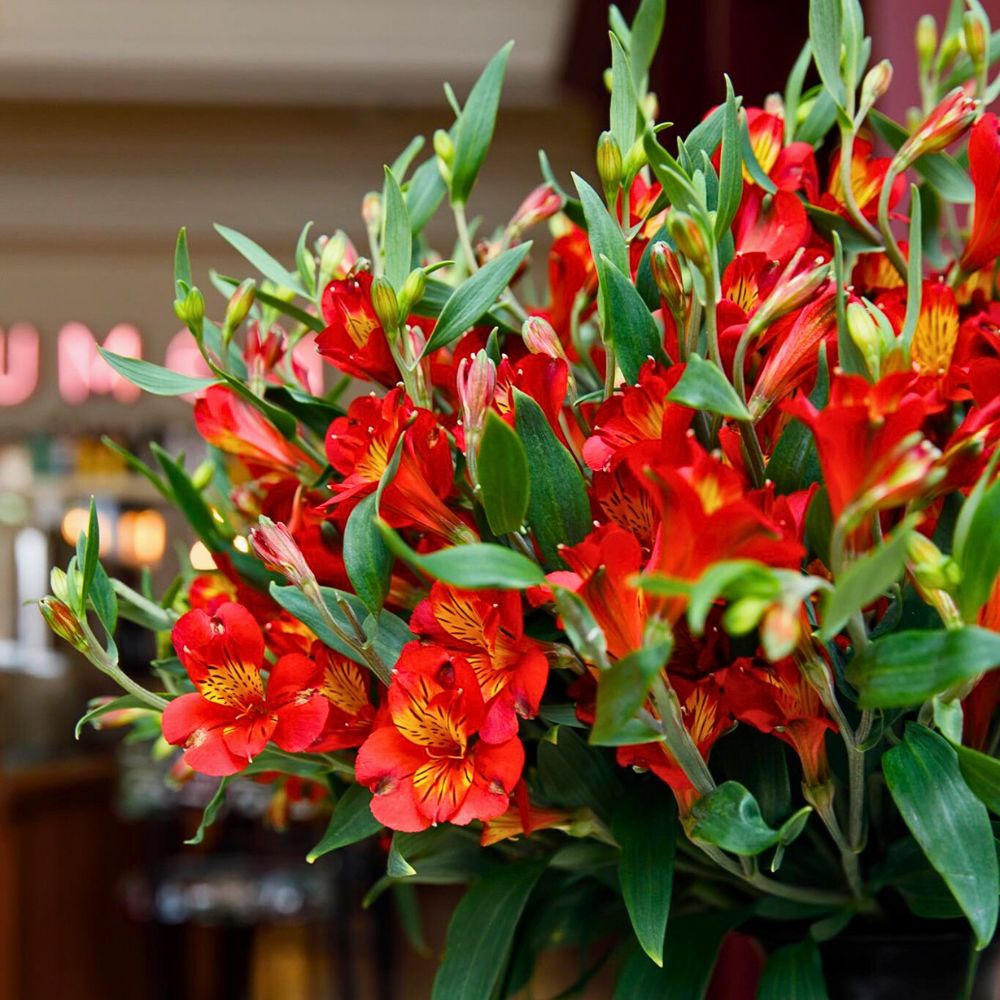
The Könst Alstroemeria Difference
For more than four decades, Könst Alstroemeria has been refining and developing varieties that defy old assumptions about what this flower can be. Könst’s breeding program focuses on creating hybrids with exceptional color saturation, improved petal structure, and forms that work beautifully both as focal flowers and supporting players. This has made the breeder one of the leaders in the industry, where many now increasingly value innovation.
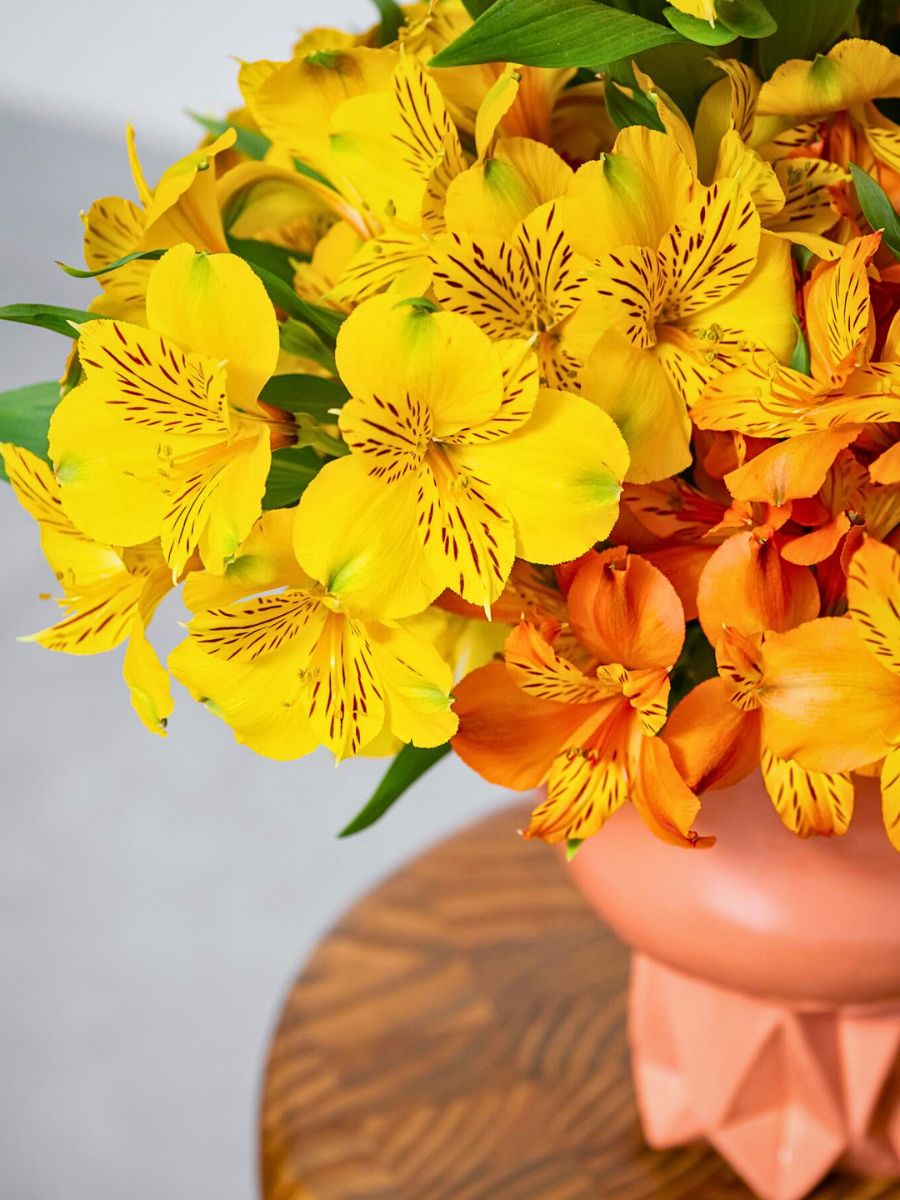
Consider, for instance, their Hybrid collection, which shows the range of floral design possibilities. Alstroemeria Amazonas, a recently introduced purple variety, brings a moody elegance that pairs wonderfully with contemporary design aesthetics. This variety’s color depth creates dramatic contrast, used in tight clusters or as solitary statements. Alstroemeria Dubai and Alstroemeria Whistler are both at the classic end of the range. These pink and white hybrids show how traditional colors can feel thoroughly modern when the form and quality are just right.
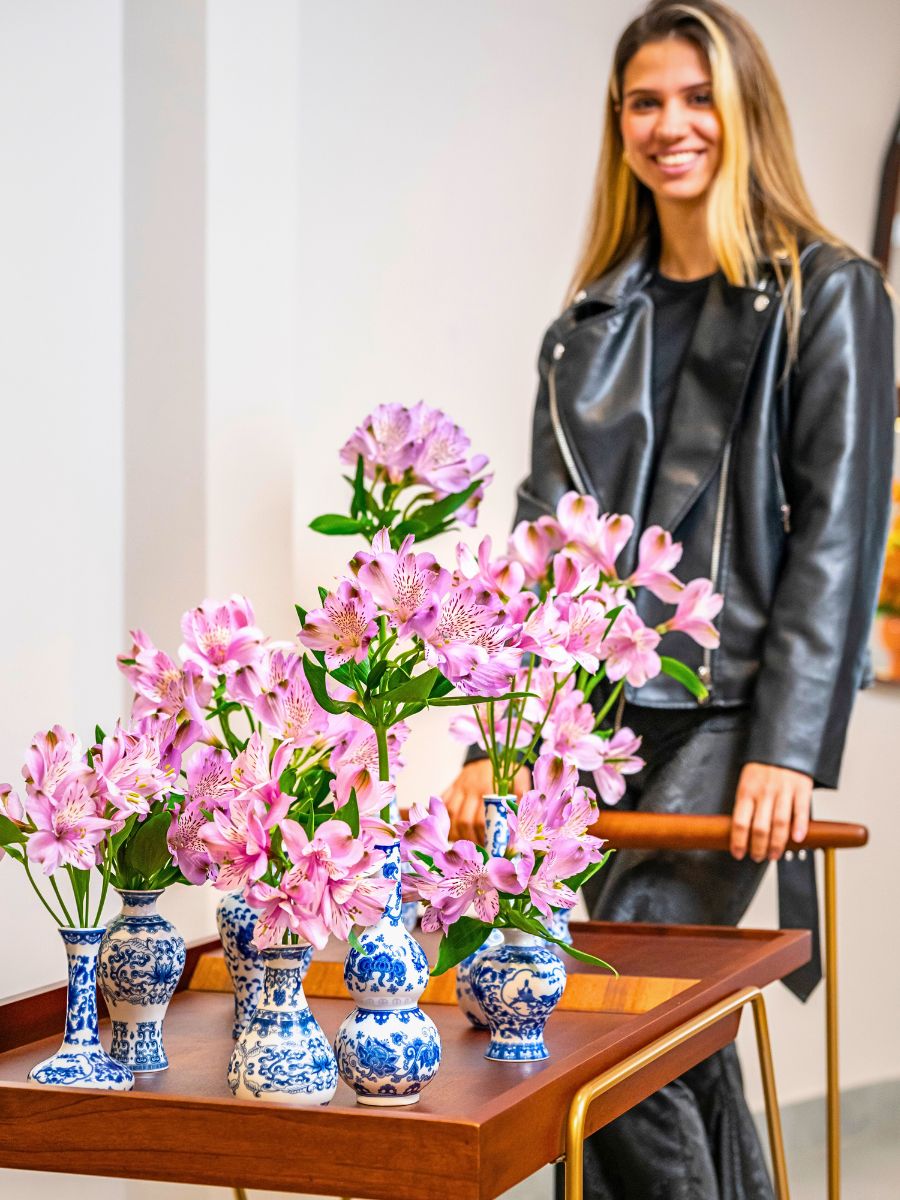
For floral designers working with autumnal palettes, Alstroemeria Florida offers a warm yellow that captures the golden light of late afternoon, while Alstroemeria Cinnamon delivers a spiced orange that feels grounded and lively. These varieties do not just follow seasonal trends, but also help define them, giving designers the tools to create work that feels current and considered.
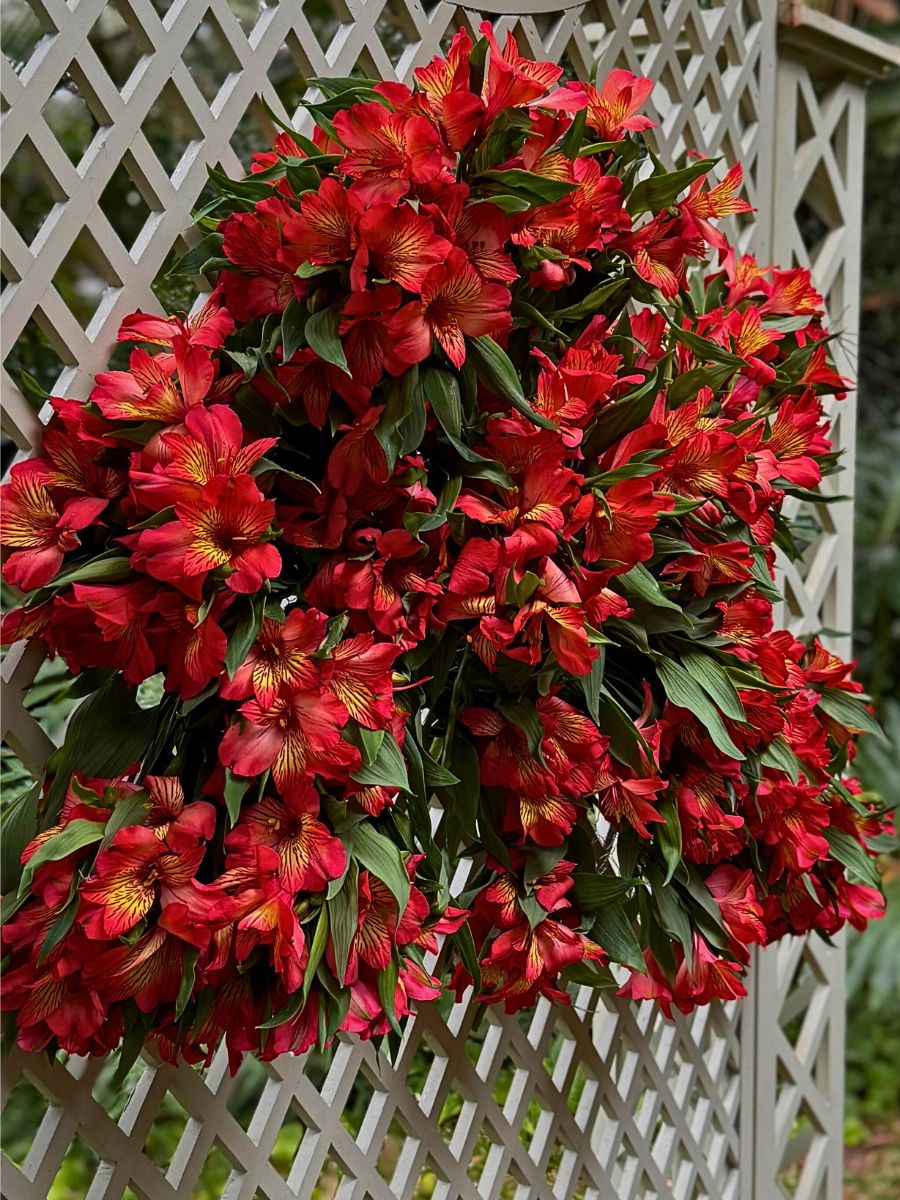
Insights on Alstroemeria From Design Experts
Shallima Turizo Dancur, a renowned Colombian floral designer gaining recognition throughout the Latin American (LATAM) flower industry, has been exploring Alstroemeria's potential through her work at Lottas Floral Studio. Her perspective holds great insight into this flower’s renaissance.
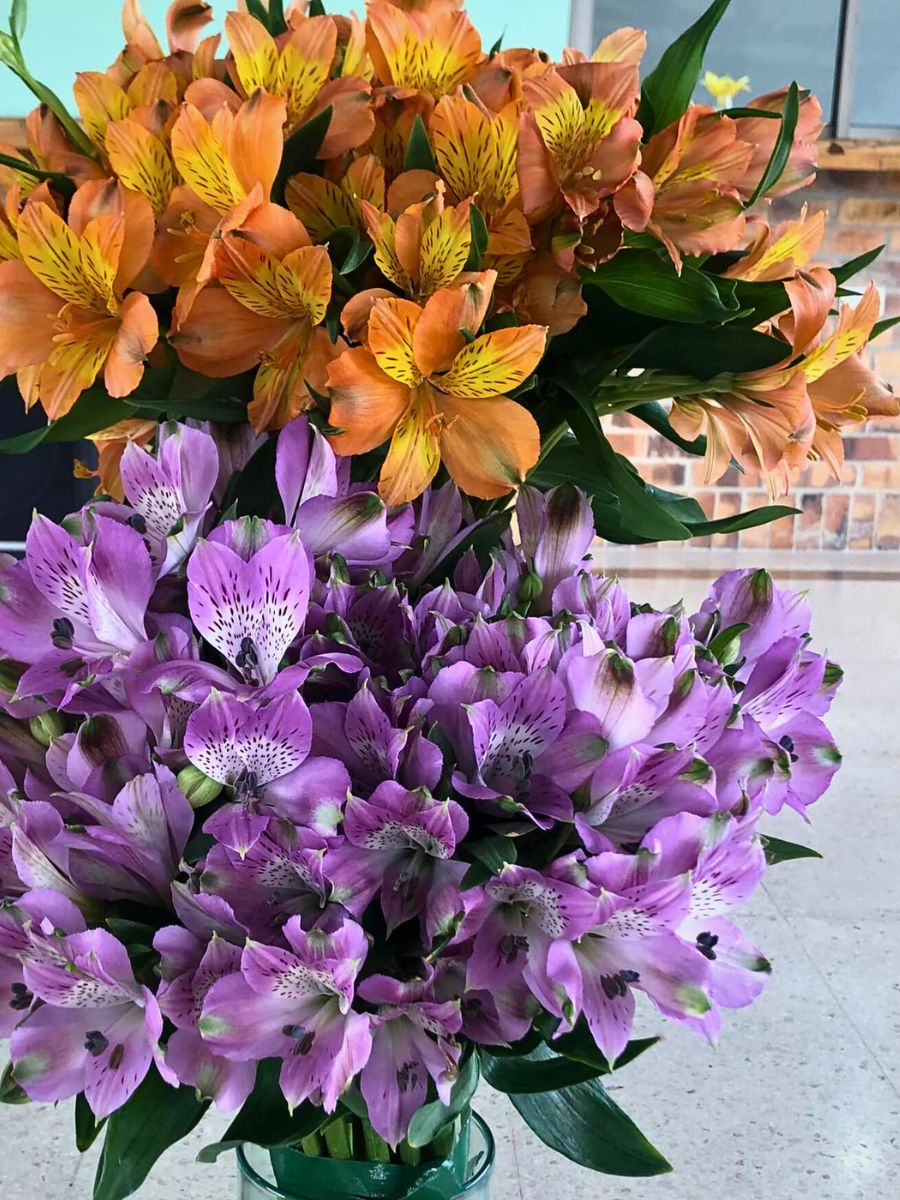
Shallima:
"As a floral designer, I see how Alstroemeria embodies perfection in today's floral design. Könst has been steadily supporting floral education initiatives, supporting florists’ work through collaborations with schools and programs like Savia Bruta Flowers School and Latam Floral Experience."
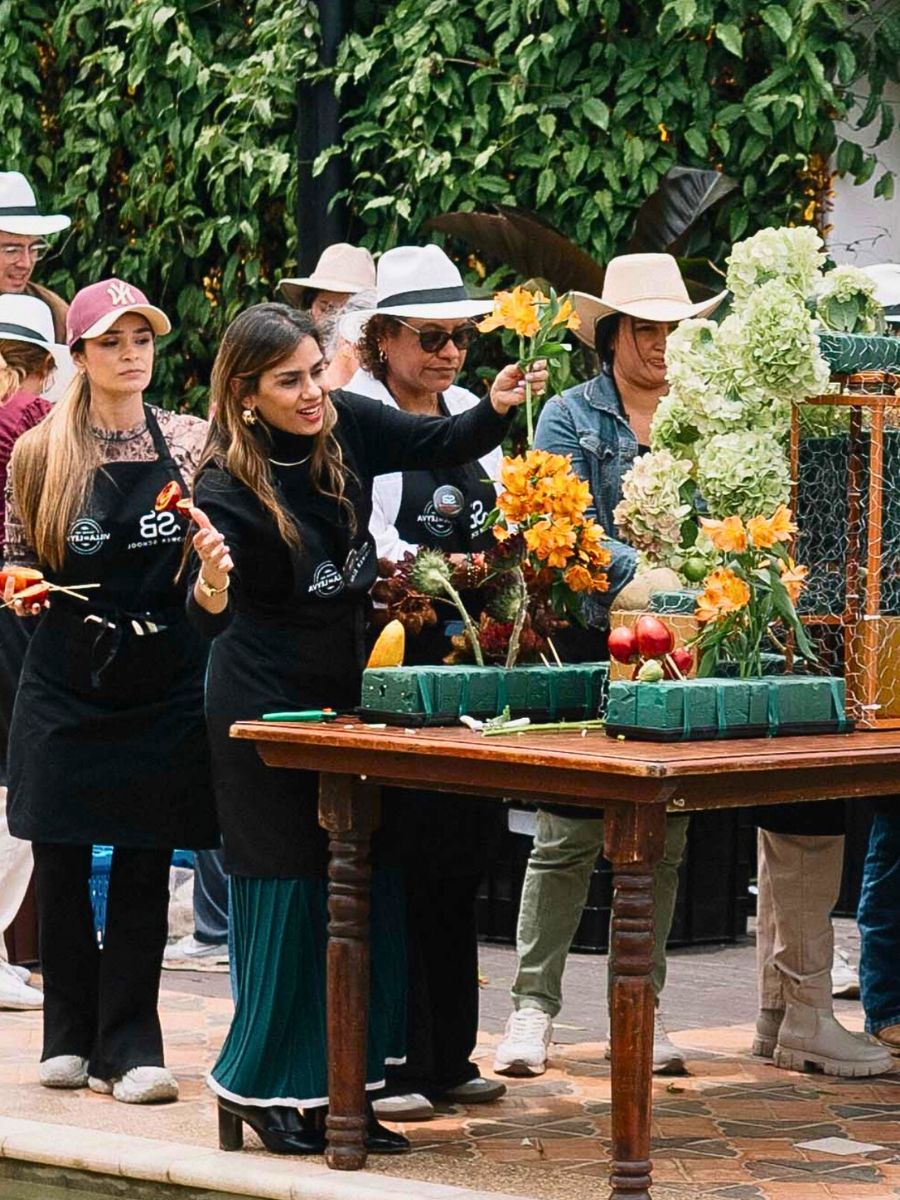
Shallima also notes that the varieties from Könst have been highlighted in contemporary design proposals, editorials, and in exquisite monovarietal compositions where Alstroemerias stand out, allowing the flower to be appreciated like never before. Such initiatives put the Alstroemeria in the limelight, highlighting how it can be differently incorporated into modern floral designs.
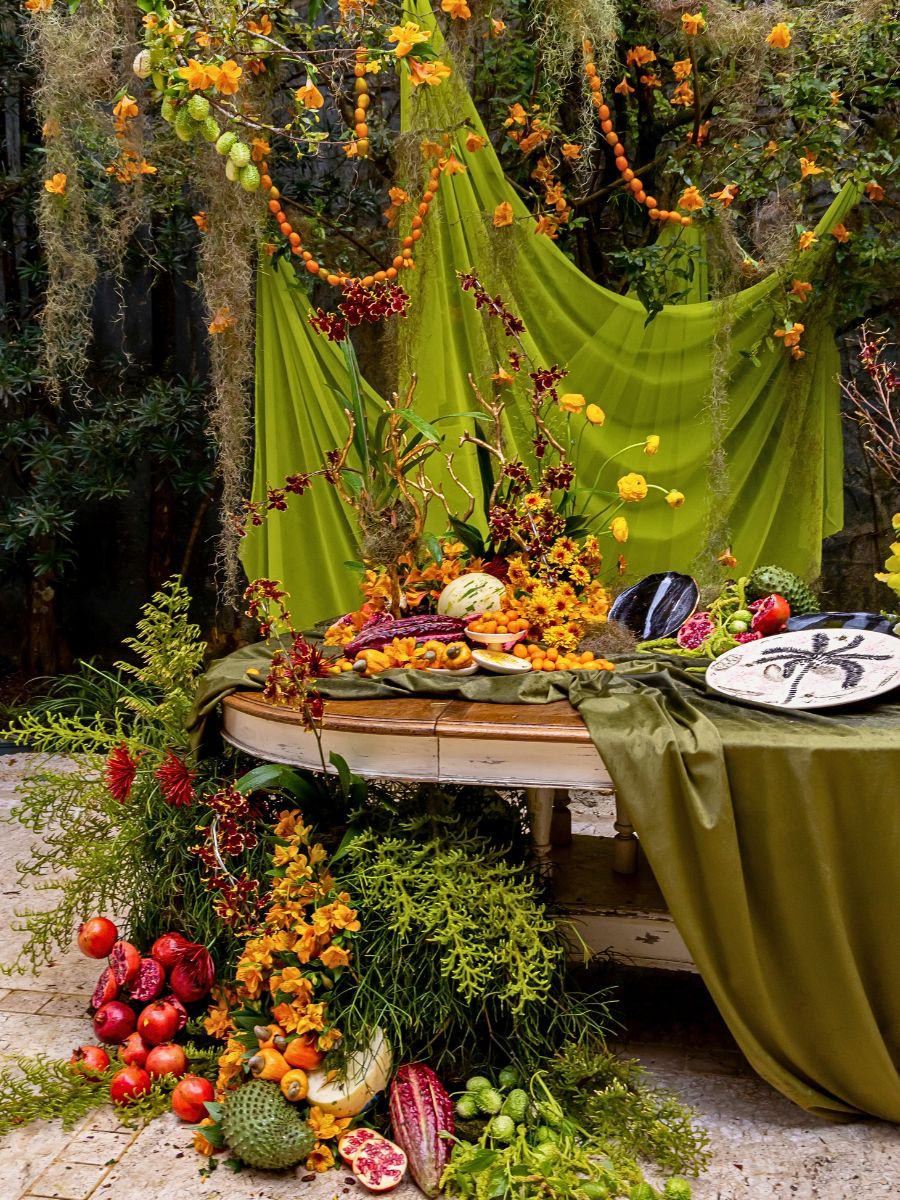
For the most part, the flower’s sculptural quality is precisely what modern designers should consider. When they commit fully to the Alstroemeria, using it in mass groupings, as the primary element, or in bold monovarietal statements, it reveals its capabilities that often go unnoticed when it is simply tucked into mixed arrangements. The effect can be quite enlightening, turning a familiar flower into something that feels fresh and exciting.

Rethinking Your Alstroemeria Approach
More recent events have showcased this flower’s renaissance beautifully. When Alex Molina, the CEO of Savia Bruta, visited the Könst showroom in Colombia alongside Shallima, they enthusiastically explored the latest hybrids and discussed innovations shaping the floral industry's future, and how Alstroemeria plays a key role therein, guaranteeing creativity and inviting new approaches to design.
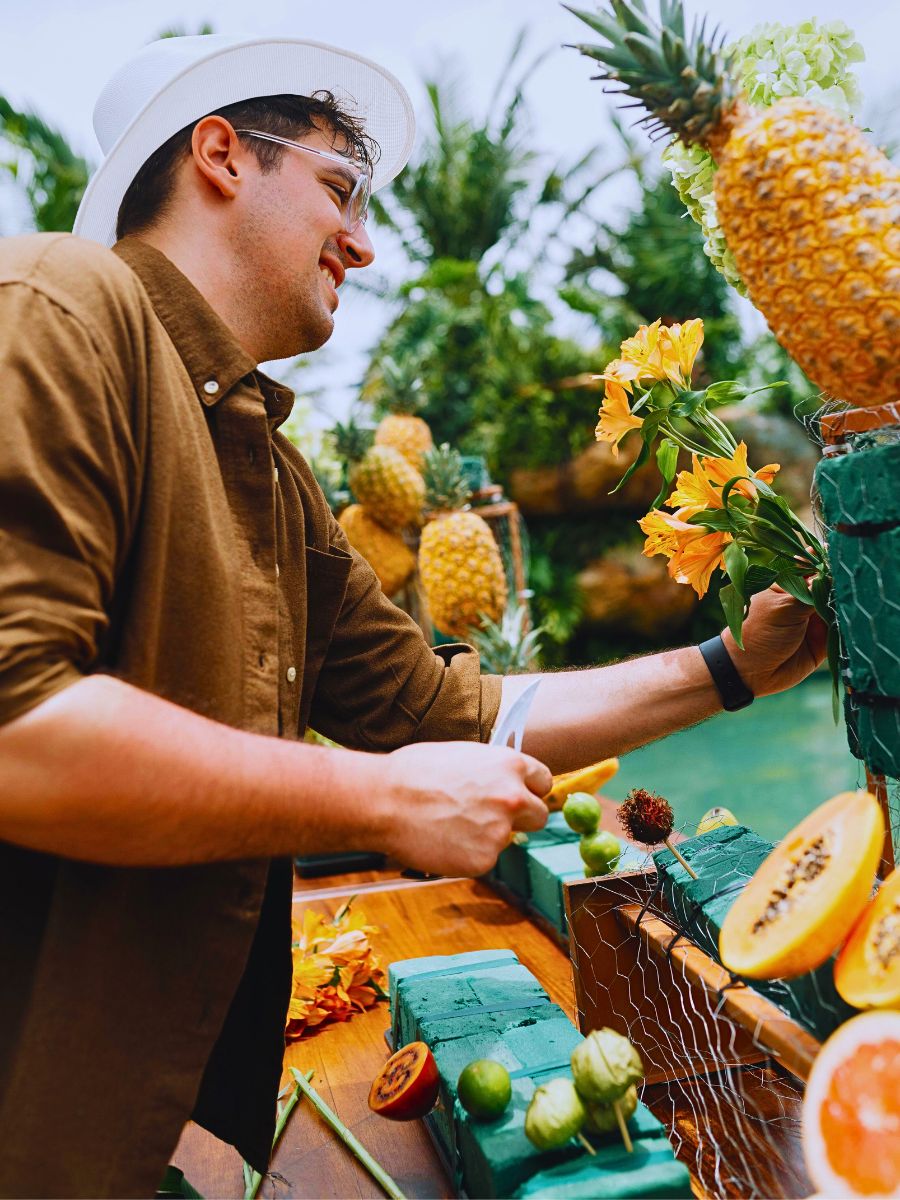
Meanwhile, at a recent sponsored floral design event in Brazil, Könst’s varieties still took center stage in large-scale installations appreciated for their color blocks and expressive masses. They were essentially the stars of the show, more than they could be thought of as subtle background elements, which shows how Alstroemeria can hold its own in any context when given the opportunity.
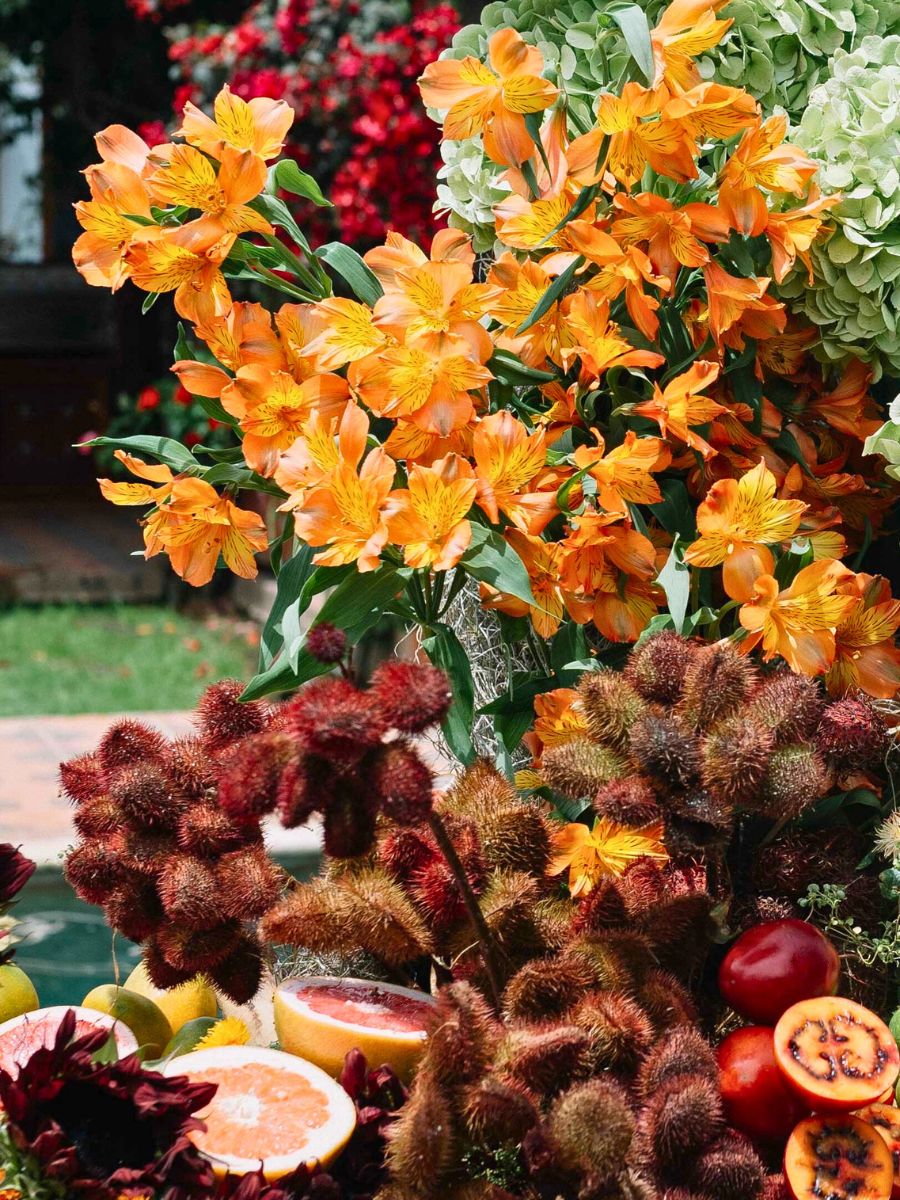
All these developments explain the industry-wide movement toward recognizing Alstroemeria as a serious design element, given its durability which makes it practical for installations that need to maintain their impact over several days, its range of colors and forms that allow for cohesive designs that do not require mixing different species, and its distinctive petal markings which provide built-in visual interest that calls for closer inspection.

For contemporary floral designers, therefore, the question should not be whether to use Alstroemeria or not, but rather how to use it in ways that define its unique qualities. One could consider building entire arrangements around a single variety, experimenting with color blocking using different hybrids together, and allowing the natural spray of the flowers to create movement instead of forcing everything into rigid structures. Meanwhile, the florists should also consider Könst’s wide assortment of Alstroemeria in their designs.
Feature and header image by Könst Alstroemeria.

